Left to right: Fred Harding, Colleen Hardwick, Mark Marissen, Ken Sim and Kennedy Stewart at the CIJA-SUCCESS Vancouver Mayoral Pre-Election Townhall last month at Temple Sholom. (photo by Pat Johnson)
A forum for Vancouver’s leading mayoral candidates briefly descended into mayhem when candidate Ken Sim criticized the current city council for failing to adopt the International Holocaust Remembrance Alliance Working Definition of Antisemitism.
The only other notable drama was the presence of a small group of protesters who had positioned themselves throughout the sanctuary at Temple Sholom synagogue. They rose and unfolded signs contending that anti-Zionism is not antisemitism. The protesters were ejected and the meeting continued.
In addition to the incumbent, Mayor Kennedy Stewart (who is running on the Forward Together slate), and Sim (with A Better City, or ABC), invitees included Fred Harding (Non-Partisan Association), Colleen Hardwick (TEAM for a Livable Vancouver) and Mark Marissen (Progress Vancouver).
There are 15 individuals running for mayor of Vancouver. The Sept. 7 forum’s organizers, the Centre for Israel and Jewish Affairs and SUCCESS, invited those they viewed as frontrunners.
The election is a rematch after Sim was bested by Stewart in 2018 by just 984 votes. Each candidate repeatedly accused the other of misrepresenting their own record or positions and those of their opponent.
Among other conflicts, Stewart and Sim argued over comments Sim had made on CKNW radio, in which Stewart claimed that Sim had promised to cut $330 million from the city’s budget. Stewart characterized this as a “massive and radical cut,” while Sim replied that he was not speaking about cutting the budget but about reallocating funds within the budget.
Sim’s proposal to add 100 police officers as well as 100 mental health nurses to deal with crime and social problems on the street were dismissed by Stewart, who said the mayor of Vancouver does not have the authority to make those hiring decisions.
Housing was the hottest topic at the meeting, with Stewart touting the incumbent council’s record.
“Last year, we approved almost 9,000 units of housing,” Stewart said. “That is double what we approved just a decade ago. We’ve changed the way and the kind of housing we’re approving…. We used to approve about 75% of very expensive condominiums, but we’ve switched now to about 60% rental and social housing. That is a massive change.… Just last year alone, we opened and built 1,600 units of social housing, which is an absolute record.”
Sim slammed Stewart’s claim as quantity over quality.
“He believes in providing quantity of housing and having big headlines in the media,” Sim said of Stewart, “but he’s not focused on the quality. How bad do these units have to be where people would rather live in a tent on Hastings Street than in one of these unlivable units?”
Later, Sim went on the offensive again when the topic came to community safety.
“You can’t just warehouse people,” he said. “If you do not have support services, you set them up for failure, and that’s what we have done.”
Hardwick lamented that the cost of housing may be pushing her children and grandchildren away.
“I don’t want to be the last generation of my family that can afford to live in Vancouver,” she said. “I have two kids in their 30s and during this term on council I gained two grandbabies and I have to say that I’m not happy … that they are seriously considering moving to Nanaimo because they can’t see a future here. This is what we hear over and over again.”
Marissen said the city of Vancouver has lost 7,000 people in the last year, even as the province gained 60,000 new residents.
Housing, homelessness and community safety merged in the discussion. Hardwick said she, her daughter and her grandchildren went to the Chinatown Festival in July.
“We were pushing along the stroller and trying to navigate between people passed out on the sidewalk with needles in plain view,” she said. “How am I supposed to explain to my grandchildren what’s going on here? It’s just shocking.… It has been 30 years since the closure of Riverview [mental hospital] and we’ve just seen things get progressively worse. Yet we continue to perpetuate the same failed policies. We’ve seen zero improvement and I’d like to hear anybody here saying we have an improved situation. What’s the solution? If we’re spending $1 million a day down there, maybe we better analyze where that money is going.”
Marissen seconded Hardwick’s words, saying there should be an audit of what is being spent in the Downtown Eastside.
Harding, a retired police officer, positioned himself as the voice of experience on safety.
“You cannot have harm reduction and safer supply without access to treatment,” he said. “We have to increase the treatment for people who are addicted and going through a crisis on our streets. I’m here basically because of this issue. I spent 30 years as a police officer. I understand what we need to do and how we need to work on strategic targeting of criminals. We have to work on cleaning up the streets and we do that by targeting the 3% who commit 95% of the crime.”
Stewart said the city is providing “wraparound services, including complex care,” to people who require them and accused opponents of advocating policing where medical interventions are needed.
“There is no way we are going to arrest our way out of it and that’s what a lot of my colleagues here at the table are pointing to,” Stewart said.
“Don’t let Mr. Kennedy [Stewart] trick you into believing that we are trying to police our way out of this,” Sim responded, saying that a range of responses are needed to confront what has become a dangerous situation, including for visible minorities. “In the last four years, our city has become more unsafe. Mayor Stewart was on the news saying that he felt safe in our city. Being a person of Chinese descent, I don’t have that same experience. In fact, residents across the city have told me over and over again that they do not feel safe.”
Safety as it pertains to minorities, including the Jewish community, emerged repeatedly. Sim noted that it was Councilor Sarah Kirby-Yung, who is running on Sim’s ABC slate, who proposed the adoption of the Working Definition of Antisemitism during the current council’s term.
“And Mayor Stewart actually voted it down,” Sim said. “I think it’s incredibly important that council [adopt the definition] so VPD can actually define what an antisemitic hate crime is.”
“The rise in antisemitism and the rise of anti-Asian hate has been profound,” said Marissen. “It’s a tragedy. Leadership matters.”
He said it wasn’t long ago that local politicians were accusing Asian people of causing the housing crisis in Vancouver. He said he would adopt the IHRA definition of antisemitism and urged more diversity work in schools.
“We need to educate our kids,” Marissen said. “It’s really important that people understand the history of all of this. We also need to give support to interfaith and intercultural groups.”


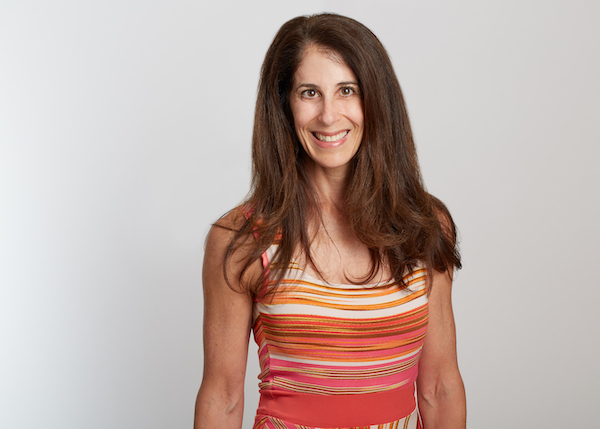
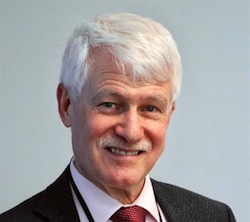
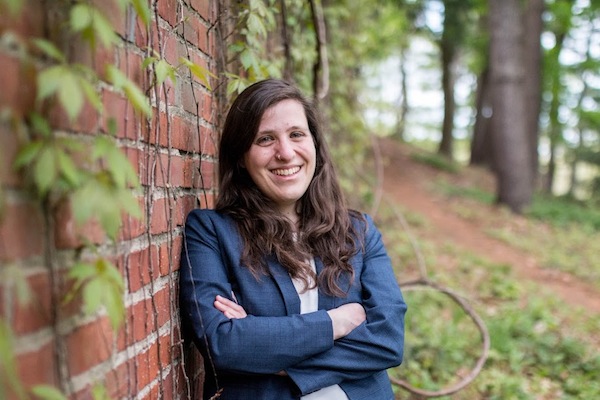

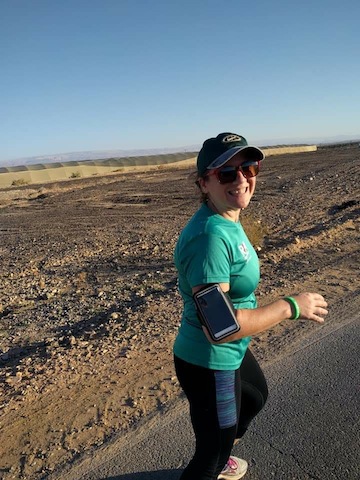

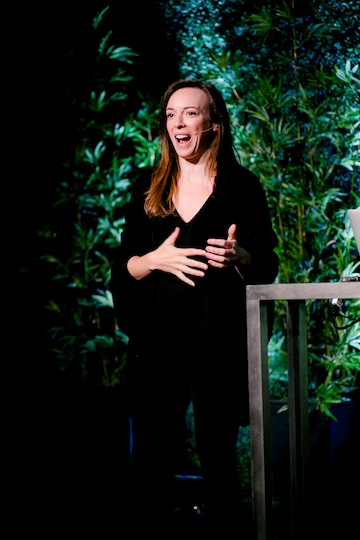

 Storming the Digital Divide contains many illustrated stories from the online anti-poverty community, which bring the facts and figures closer to home, as well as the impact of PovNet over the 20 years since it began in 1997. While Goldsmith is no longer the organization’s executive coordinator – a post she filled for 18 years, until 2015 – she remains passionate about its work. And some of it rubbed off. Here are some of the comments students wrote after her talk.
Storming the Digital Divide contains many illustrated stories from the online anti-poverty community, which bring the facts and figures closer to home, as well as the impact of PovNet over the 20 years since it began in 1997. While Goldsmith is no longer the organization’s executive coordinator – a post she filled for 18 years, until 2015 – she remains passionate about its work. And some of it rubbed off. Here are some of the comments students wrote after her talk.
